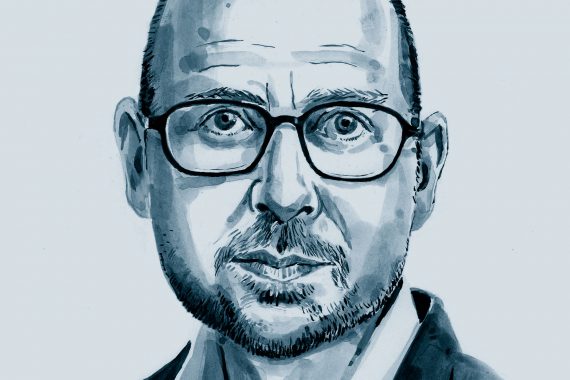Deference to specialists and guidelines is killing patients. Their advice is often misleading and, as with all elitist rulings, can be riddled with conflicts of interest. It is time to speak the truth. And the truth is that expert advice on chronic non-malignant pain has been damaging.
In the 1980s, the pain community co-opted the WHO’s ‘analgesic pain ladder’ into non-cancer pain, although this was never its intended use.1 GPs were instructed that there was a simple remedy – ‘the painkiller’, in the form of opioids, gabapentinoids and duloxetine. As the bandwagon rolled on, GPs were accused of poor care for underdiagnosing or undertreating chronic pain. They were told these medications were effective and – especially in the case of opioids – had no ceiling. Most of all, GPs were told they were non-addictive.
Yet this was all based on shoddy evidence and flawed assumptions. The assertion these medications were non-addictive, for example, can be traced back to a single letter in 1980, which has since been widely cited.2
But more than this, the whole research area has been underpinned by the widely quoted definition that ‘pain is what the patients says it is’. But this ‘truth’ is purely opinion. I have searched extensively and found no scientific evidence to support this statement. Furthermore, it is biologically impossible. The self-reported prevalence of pain varies ten-fold3 between similar populations. If the statement had a scientific basis, prevalence should be the same in similar populations.
However, this definition has benefited Big Pharma, which peddled these highly psychoactive drugs that obviously ‘worked’ on grateful patients.4 Any attempt to challenge the experts was difficult, as you were denounced as uncaring and paternalistic.
Such an environment naturally led to stellar increases in prescribing worldwide. Today, prescribed drugs are the greatest public health threat in the US.5 In the UK the level of prescribing is a fifth of what it is in the US – something I believe is due to single doctor registration in the UK, and the efforts of GPs who have disputed these assertions.
But despite GPs’ efforts, these medications continue to poison UK patients, on a scale far larger than the benziodiazepine chaos of the 1970s and 1980s.
Now, we know better. The pain community is at long last trying to change,6 with calls to stop prescribing opioids in primary care.7 But GPs are still in line for blame, so we need to work together. We need an immediate moratorium on prescribing. Take these medications off repeat and review the patients. Also, write to pain clinics stating you will no longer initiate opioids and gabapentinoids, even if they recommend them. Let’s get this message out. These medications are destroying lives.
We need to ask tough questions too. So much money is poured into research on how to start these medications, but where is the research on how stop them or the resources to support dependent patients? And lastly, why does no one seem to care about the pain we’re causing?
Dr Des Spence is a GP in Maryhill, Glasgow
References
1. Ballantyne, JC. WHO analgesic ladder: a good concept gone astray. BMJ 2016; 352: i20
2. A 1980 Letter on the Risk of Opioid Addiction. N Engl J Med 2017; 376:2194-2195
3. Gureje O, Von Korff M, Simon GE, Gater R. Persistent pain and well-being: a World Health Organization study in primary care. JAMA1998; 280: 147-151
4. Meir, B. In Guilty Plea, OxyContin Maker to Pay $600 Million. New York Times 10 May 2007
5. Christensen J, Hernandez S. This is America on drugs: A visual guide. CNN 23 Jun 2017
6. Bird, E. Opioids: GPs set to be central in reduction drive. Pulse 29 Jun 2017
7. Alderson, S. Dangerous Ideas: GPs should stop prescribing opioid medication except for palliative care. Br J Gen Pract 2017; 67 (660): 310
Pulse October survey
Take our July 2025 survey to potentially win £1.000 worth of tokens












